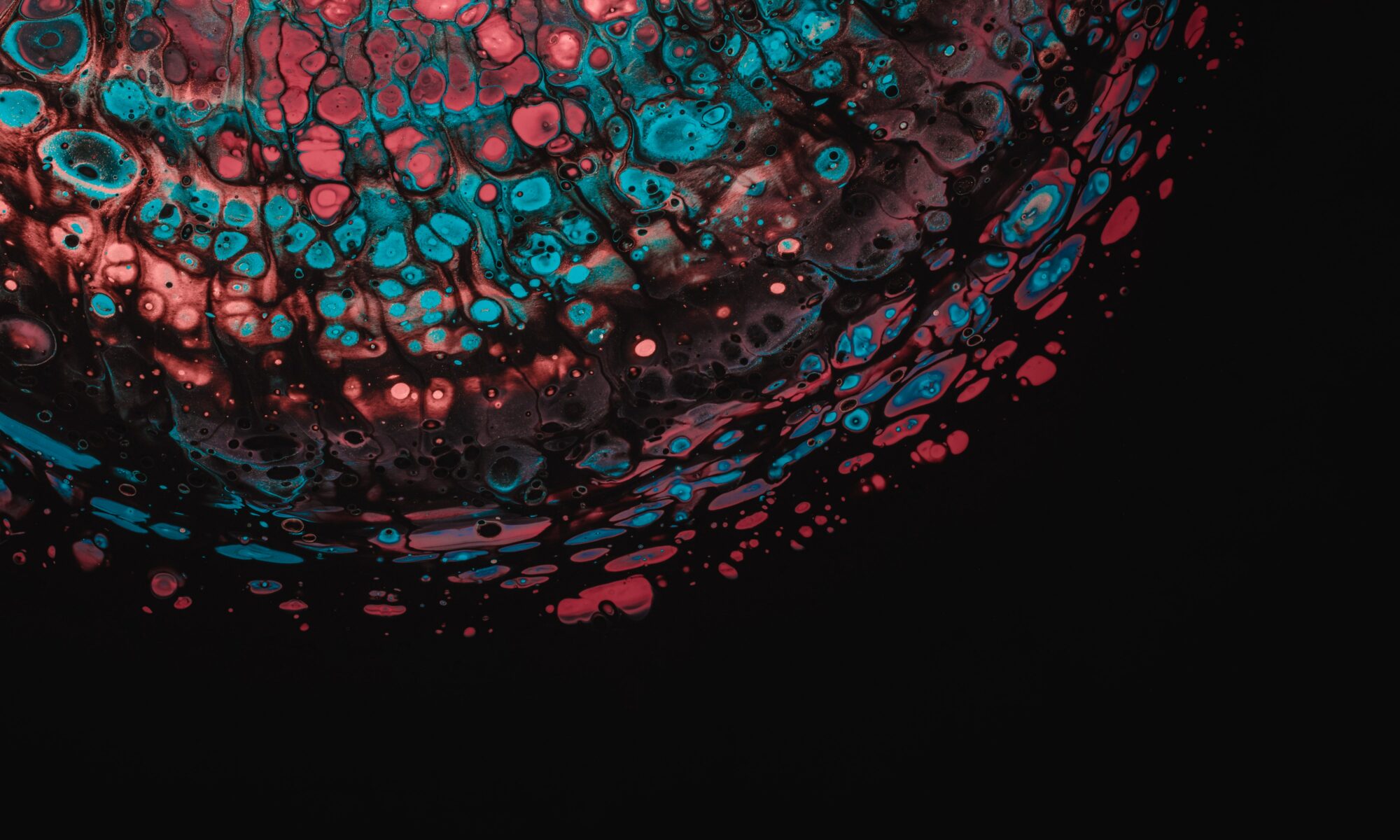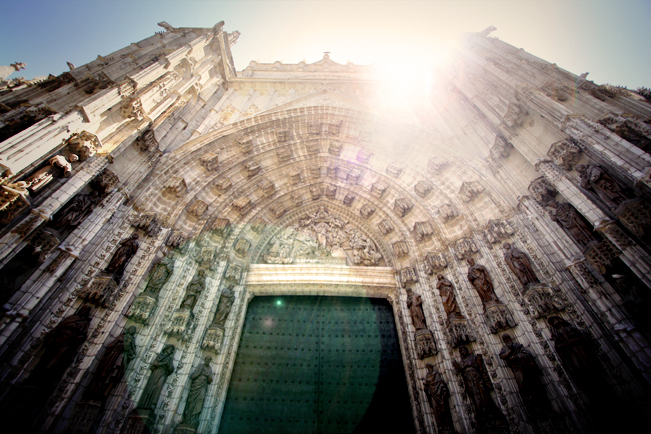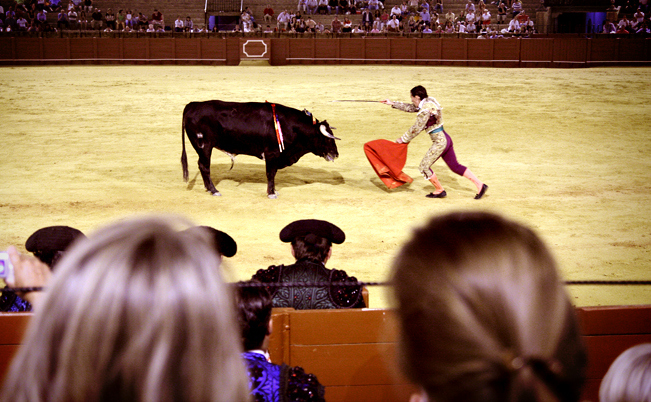So after a glorious 6-hour nap we enjoyed a meal at a 300-year-old tapas bar. The food was good but the surprise of the evening was discovering a half-formed pearl in one the oysters we ate. Actually, my teeth discovered it. And after realizing what it was, we decided to make it the trip mascot and to name it. We settled on Gary Lawrence of Iberia. Unlike Woody Allengator, the pearl’s name is absolutely brilliant. He was too small though, and I lost him the next morning. Tyler cried.
We planned to head to Madrid the following morning but Tyler found out that there would be a bullfight that night in Seville. This was exciting to all of us, since attending a bullfight was at the forefront of our imaginations from the planning stages of this trip. There seems to be nothing more quintessentially Spanish than a bullfight, and Seville is the world capital of bullfights.
But I have to say the overall experience was strange and a little unsettling for me. One bull, for instance, had blood gushing out of his mouth by the end of the fight and when the team of horses would drag the dead bull’s body away, it always felt like they were celebration was a little too extravagant. It’s not like the bull had a real chance.
The most fascinating aspect of the whole ordeal was the matadors themselves. I didn’t realize there was a team of matadors each with a different job. The main matador though is the most fascinating. He is the one who ends up killing the bull, and he occupies a strange masculine/feminine space. In one sense his main job is to seduce the bull, luring him into a hypnotic dance. His main weapon is a kind of dance, a dance full of graceful and strikingly feminine steps. The bull spins and lunges into an ever dizzying trance, and ends up utterly stunned, standing woozy in front of the matador, who then plunges a sword into the bull’s back. This is where the matador becomes decidedly masculine. What starts graceful and seductive ends forceful and aggressive. And though we saw one matador toppled end over end by a charging bull, I never felt like the bullfighters were in danger. The only one in danger was the bull. His fate was sealed as soon as he stepped into the arena. What I thought would be a true confrontation between man and beast was really more pageantry, a prelude to a known end—the death of the bull.
Now on to one of the reasons travel is so great. Edward de Bono describes the human brain as a “self-organizing system,” which means, among other things, that as your brain figures something out, a place, a process, etc., it creates neural shortcuts for that thing. These neural shortcuts self-organize so that when certain stimuli hit your brain, your brain knows exactly what to do, so that over a long enough period of time you can do certain things on autopilot. Think about driving in your hometown. For the most part you aren’t paying attention because your brain knows how to get around.
What this means is that to learn, to grow, to shake up your brain, you need new environments and challenges. Travel, especially in foreign countries, jump-starts your brain.
In London when we walked into Victoria station and there were thousands of people moving in every direction and I was on no sleep and I had to figure out what tube to take, my brain kicked into overdrive. And I loved it. I had to form new patterns or at least develop pathways between existing patterns in my mind. I’ve always described travel as heightened living. You do many of things that you do in your regular life, but you experience them in a heightened way. If your every day life is standard definition television, then travel is high definition television.
For more photos from our adventures go here.
All photos by Joseph Schalbs.



